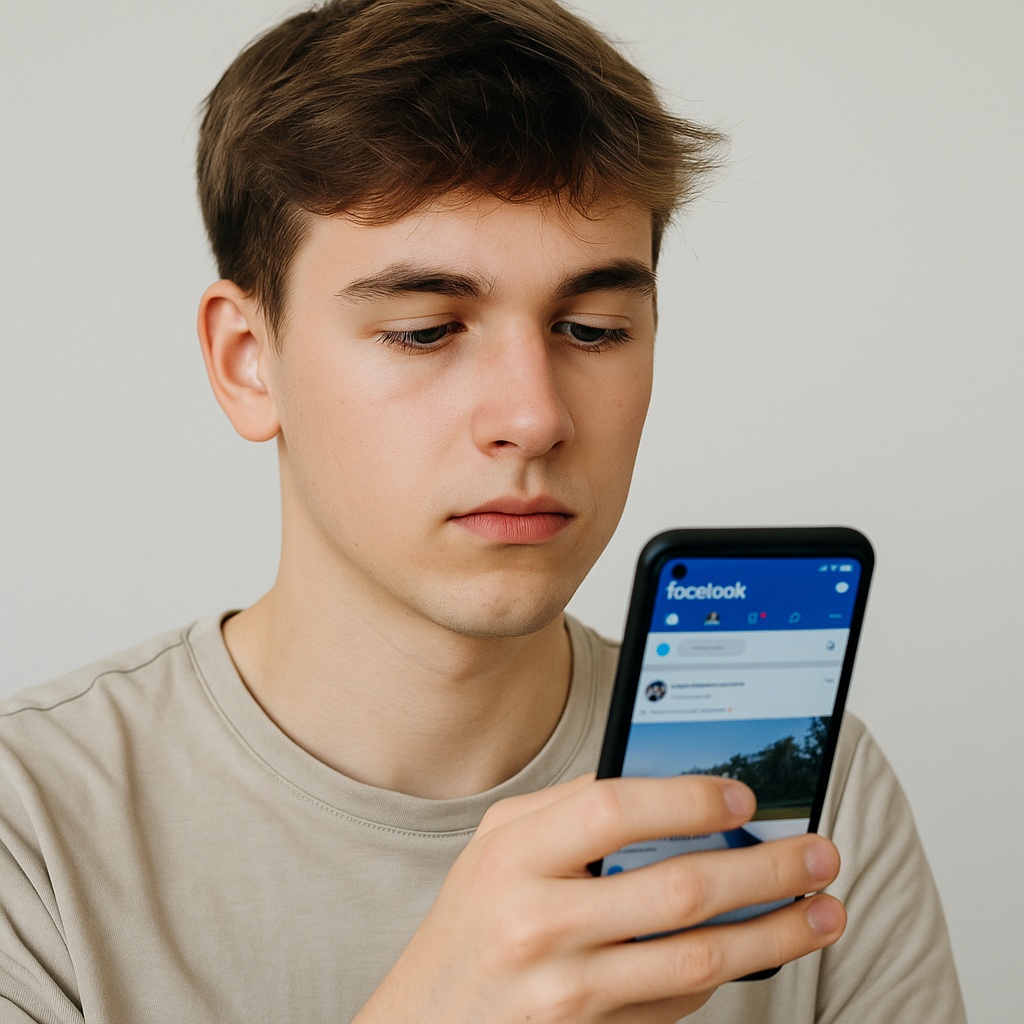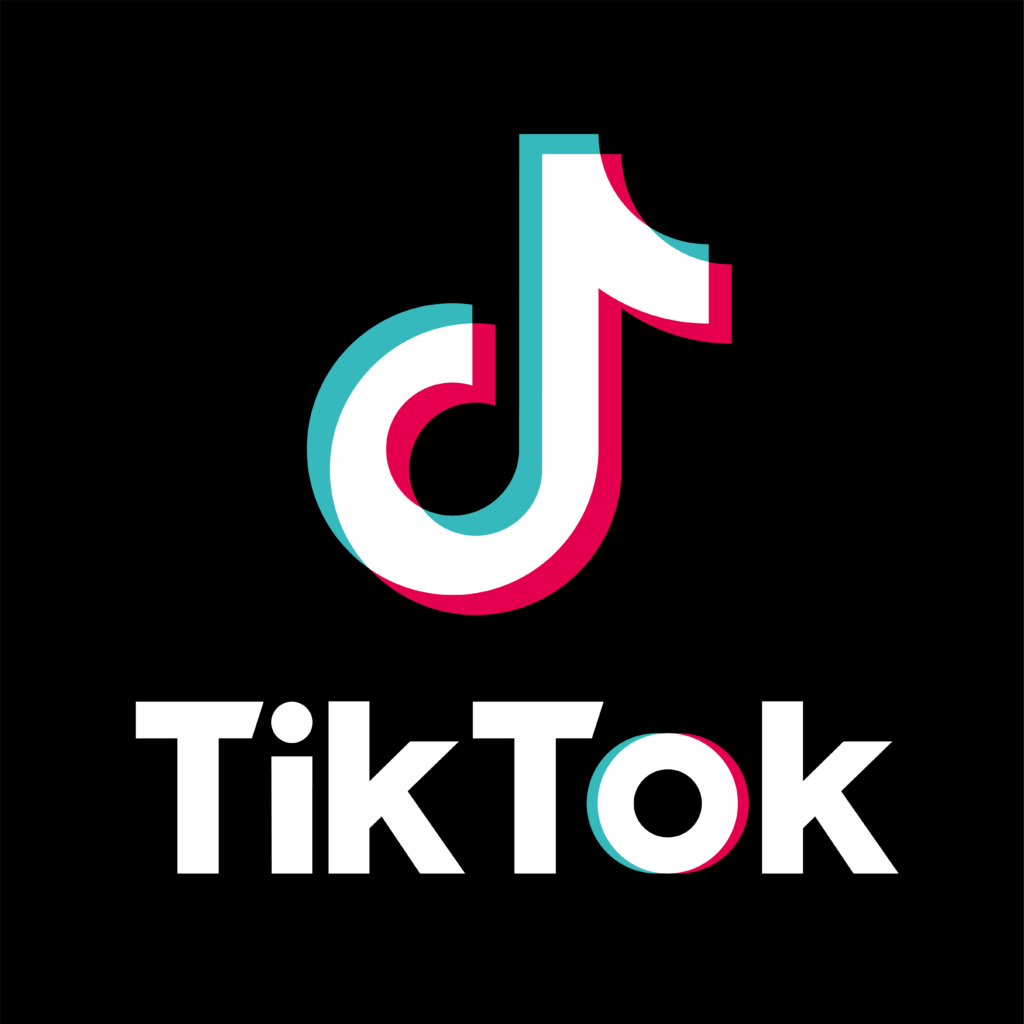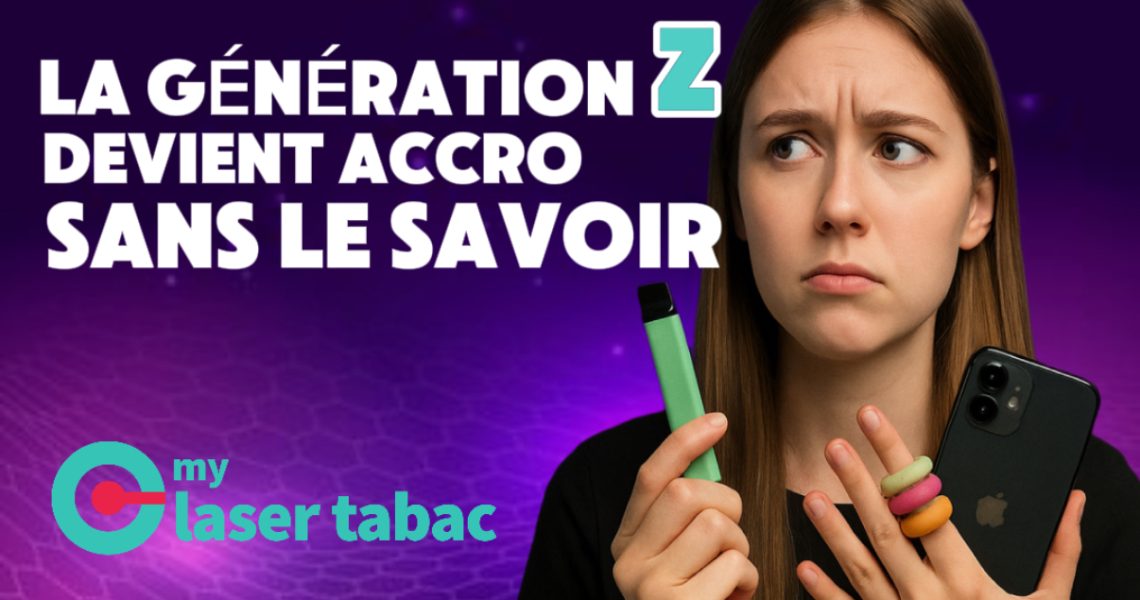They range in age from 12 to 27. They’ve grown up with the Internet, social networks, fast life and instantaneity. But above all, they are the ideal targets for a new kind of addiction: more insidious, more socially accepted, but just as dangerous. Is Generation Z falling into the invisible trap of new addictions? What if the alarm bells were ringing now?
Addictions that go unnoticed
La PEUF: the “invisible” but dangerous electronic cigarette
The PEUF, a disposable electronic cigarette with a colorful look and sweet taste, is increasingly appealing to teenagers. Presented as a “less harmful” alternative to conventional cigarettes, they are in fact a formidable marketing trap. Behind its harmless appearance, it often hides a very high nicotine content, equivalent to a pack of cigarettes.
What’s most worrying? Its trivialization. Puffs are exchanged in college classrooms as a trendy accessory. And yet, according to a recent survey, 1 in 2 teenagers has already tried a puff before the age of 15. The danger? Early addiction, trivialized and often ignored by adults.

Sugar, screens, dopamine: the new daily dealers
Far from the cliché of illicit drugs, Generation Z is exposed to legal addictive substancesevery day… but just as worrying. Sugar, omnipresent in drinks, snacks, cereals and ready-made meals, acts like a soft drug on the brain. It triggers dopamine spikes that create an insidious dependency that’s hard to break.
Screens and social networks operate on the same principle: instant reward, infinite scrolling, loss of temporal reference points. The result? A behavioral addiction with drug-like effects, including sleep disturbance, anxiety, loss of concentration… and the inability to quit.
Cannabis light and anxiolytics in free circulation: false security, real risk
Another massive drift is the consumption of “light” cannabis (CBD) and anxiolytics. Presented as relaxing, natural or “legal” products, they are used by part of Generation Z to deal with stress, malaise or boredom. The problem? Self-medication becomes commonplace from adolescence onwards, and a gateway to more serious addictions.
Even over-the-counter products are not without danger. They create habits of escapism and compensation, and create a breeding ground for chronic malaise.
Why Generation Z is the most vulnerable
A culture of “immediate pleasure
The digital world has changed our relationship with time. For Generation Z, everything is available immediately: series, likes, games, products. This culture of instantaneity makes it difficult to cope with frustration, driving a constant search for new sources of quick pleasure. A dynamic that strongly predisposes to addiction, in all its forms.

Ultra-targeted marketing tools (TikTok, influencers, online games)
Brands have clearly understood the psychological workings of young people. TikTok’s algorithms, the product placements of influencers or video games with integrated purchases are designed to create attachment, even dependency. We’re no longer simply talking about consumption, but about capturing attention and emotions.
Behind this strategy lies a single objective: to keep young people “plugged in”, connected, and inclined to consume more. It’s a form of addiction that’s invisible, but frighteningly effective.
Lack of educational guidelines on real addictions
Young people are poorly informed about the real nature of modern addictions. While the dangers of tobacco and alcohol are well known, those of sugar, PEUF and social networking sites are still poorly taught at home and at school. The result: risky behaviors that are ignored, normalized and sometimes even encouraged by the social environment.
Adults themselves often lack clear guidance on these new forms of addiction, making it difficult to prevent or react appropriately.
What can you do before things get out of hand?
Signs to look for in a young person
Vigilance begins with observation. A young addict won’t identify himself as such, but there are warning signs:
- Excessive irritability when switching off screens or UFPE
- Compulsive consumption of sweet drinks or snacks
- Isolation, gradual loss of interest in “off-screen” leisure activities
- Sleep disturbances, restlessness, constant fatigue
- Targeted” consumption: to relieve stress, relax, keep up with school…
These signals should not be ignored. They often indicate the beginning of a dependency, even if it’s disguised.
Breaking taboos and opening up dialogue
The first step is to speak without judgment. Avoid moralizing or guilt-tripping, and opt for a position of understanding. Asking questions, listening and sharing your own experiences is often more effective than a sermon.
Putting words to what has been experienced allows young people to become aware of their behavior, without shame. It’s also a way of reconnecting with reality, in a digital world that is sometimes too smooth.

The anti-addiction laser: a natural alternative that is winning over more and more young people
In the face of these new addictions, there are innovative, natural and effective solutions. The anti-addiction laser, a gentle method derived from auricular reflexology, is increasingly used to treat young people suffering from addictions: tobacco, sugar, cannabis, stress, screens…
This painless technique acts on reflex zones in the ear, stimulating the brain’s discharge circuits and reducing cravings. It is particularly well-suited to Generation Z, who are reluctant to take drugs and are looking for fast, effective and natural methods.
At MyLaserTabac, more and more young people come for advice, accompanied by their parents, to regain their balance, confidence and freedom in the face of compulsive behavior.
In conclusion
Generation Z may not smoke like previous generations, but they inhale other forms of addiction, more modern, more insidious, but just as powerful. PEUF, screens, sugar and anti-anxiety products are not insignificant details. They are shaping a new addiction landscape, to which we need to respond quickly, with the right tools.
The anti-addiction laseroffered at MyLaserTabaccenters, is a concrete, gentle and effective response to these new challenges. Let’s act before these silent addictions become invisible prisons for an entire generation.
